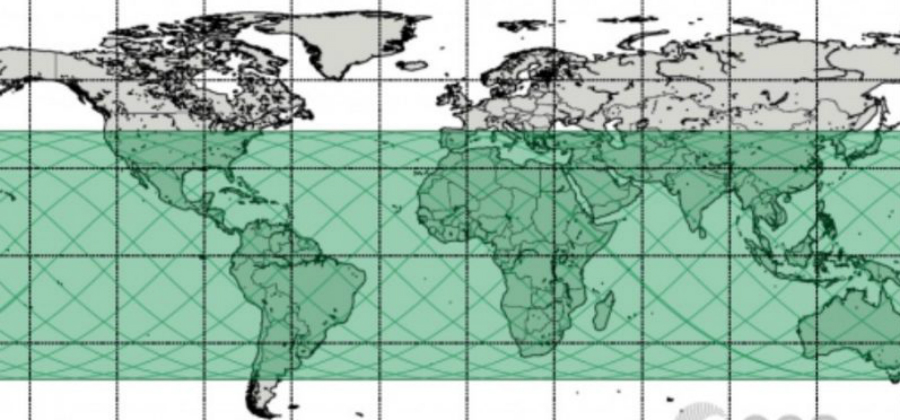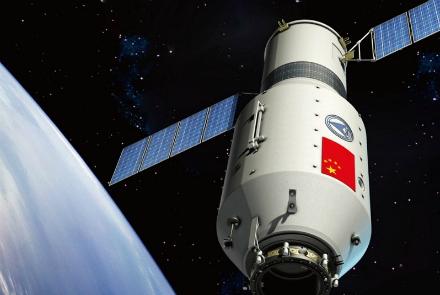China's first prototype space station, Tiangong-1, will come crashing back to Earth between March 30 and April 2 in an uncontrolled re-entry, space.com reported this week.
According to the European Space Agency, exactly when and where the station will fall remains unknown.
Tiangong-1, whose name translates as "Heavenly Palace-1," launched without anyone aboard on September 29, 2011.
According to space.com, Tiangong-1 was designed to last for just two years, before being de-orbited in a controlled fashion.
But in March 2016, China announced that Tiangong-1 had stopped sending data back to its handlers. The spacecraft's functions "have been disabled," according to a report at the time by the state-run Xinhua news service.
So a controlled re-entry was no longer in the cards; the space lab would fall back to Earth on its own, pulled down by atmospheric drag.
Space.com reports that based on Tiangong-1's orbital details, it will fall somewhere between 43 degrees north latitude and 43 degrees south — a huge swath of the globe that stretches from the South Dakota-Nebraska border all the way down to Tasmania.
That's as specific as the experts can get at the moment.

Most of Tiangong-1 will break apart and burn up in Earth's atmosphere, but some of the space lab's hardier pieces will probably survive re-entry, experts have said.
However, these flaming space-junk chunks will probably splash down in the ocean, which covers about 70 percent of the planet's surface, reported space.com.
And don't worry about death from above: The chances that a piece of Tiangong-1 will hit you are less than 1 in 1 trillion, according to an FAQ published by The Aerospace Corporation.
But experts state if you do stumble across a piece of smoking space wreckage, don't pick it up or breathe in any fumes it may be emitting, it might be made of, or carrying, toxic material.

